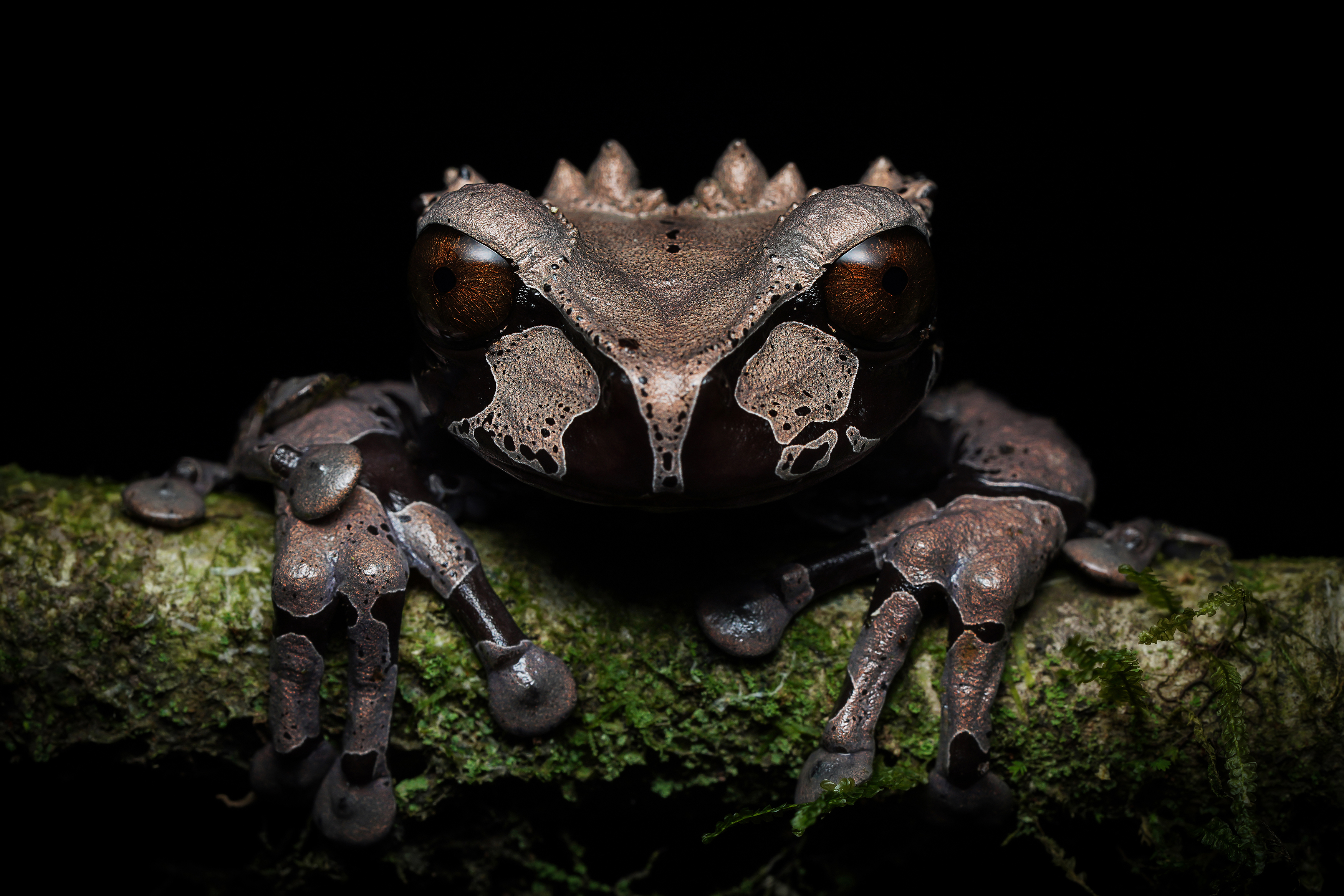
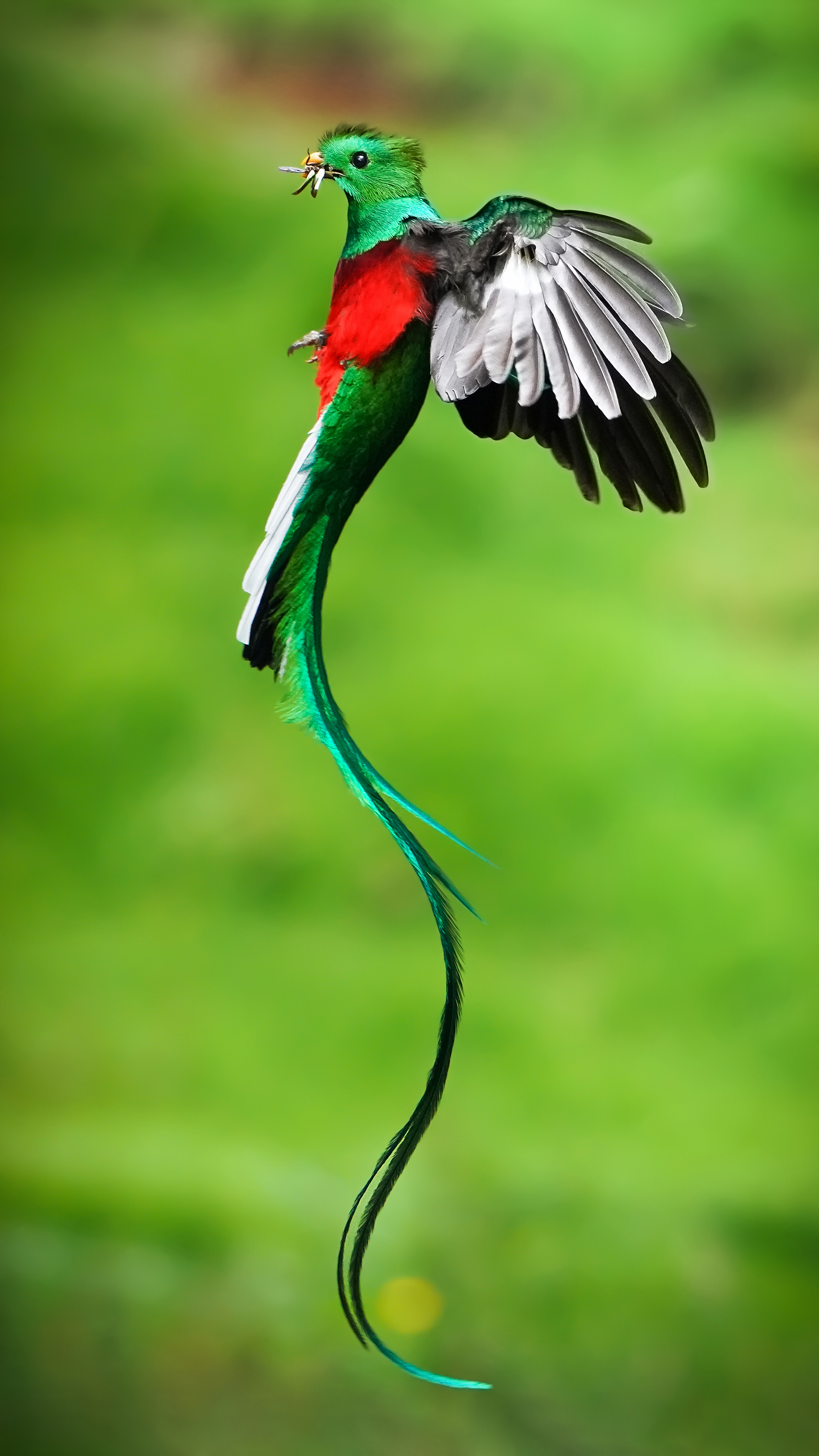
How did your interest for wildlife arise?
As a person who grew up in Mexico City, fate played a very important role in me becoming a wildlife photographer. One of the fondest memories I have of my childhood is sitting down with my grandfather — who really liked black and white pictures — to read the National Geographic magazine, which we both enjoyed very much. I always liked capturing my trips and family events, and the taste for photography increased with the arrival of my two children. Ten years ago, my family and I moved to Costa Rica and our life took a 180 degree turn; this beautiful land welcomed us with open arms, and I suddenly found myself with a lot of free time, which allowed me to pursue my passion in photography and begin taking classes.
Costa Rica, which never ceases to marvel, offers incredible biodiversity; it is a place like no other, from its extraordinary cloud forests to its beautiful beaches, wherever you turn you will find something that makes you fall in love. This is how my interest for nature was gradually shaped, and it is the reason why I concentrate on wildlife.
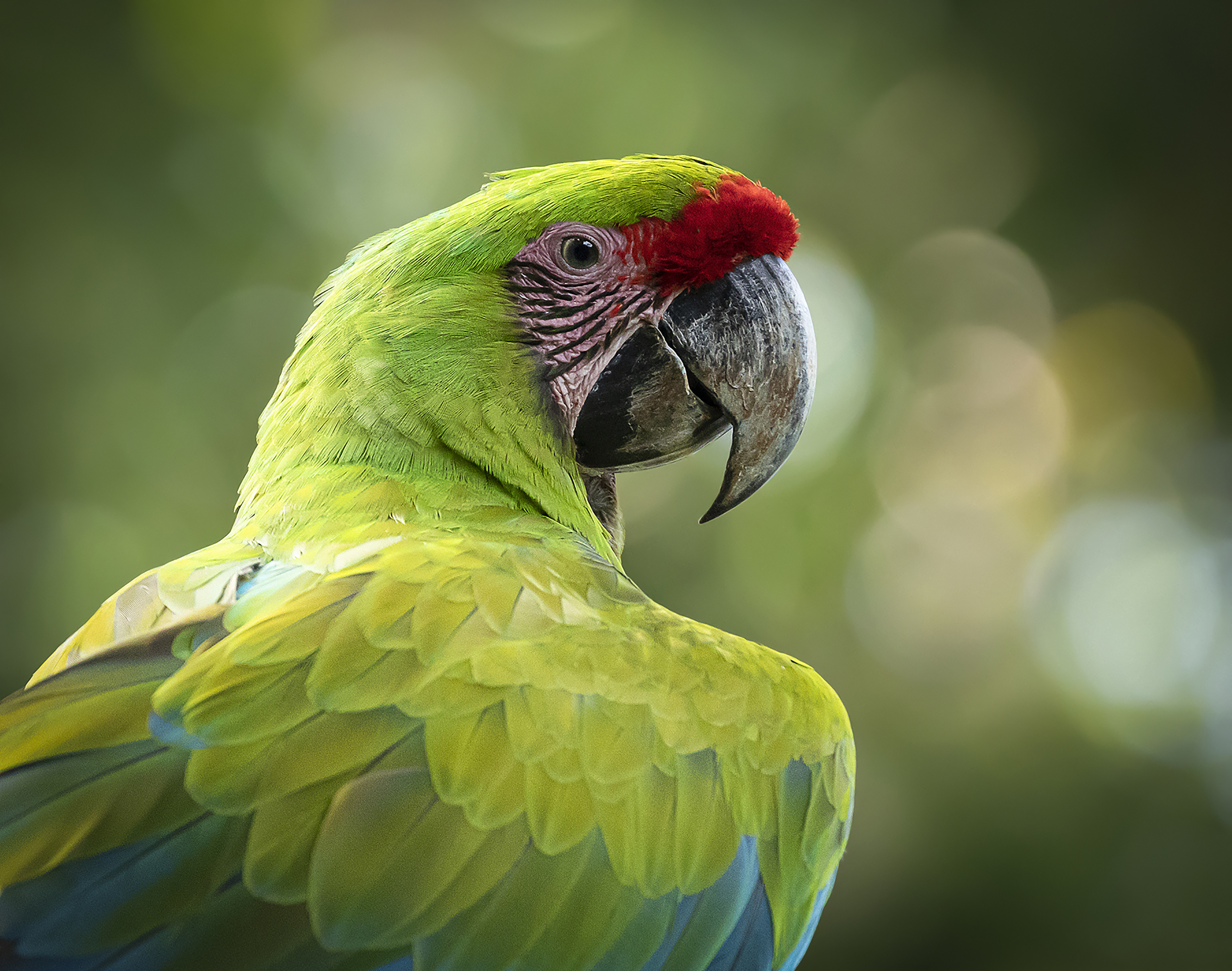
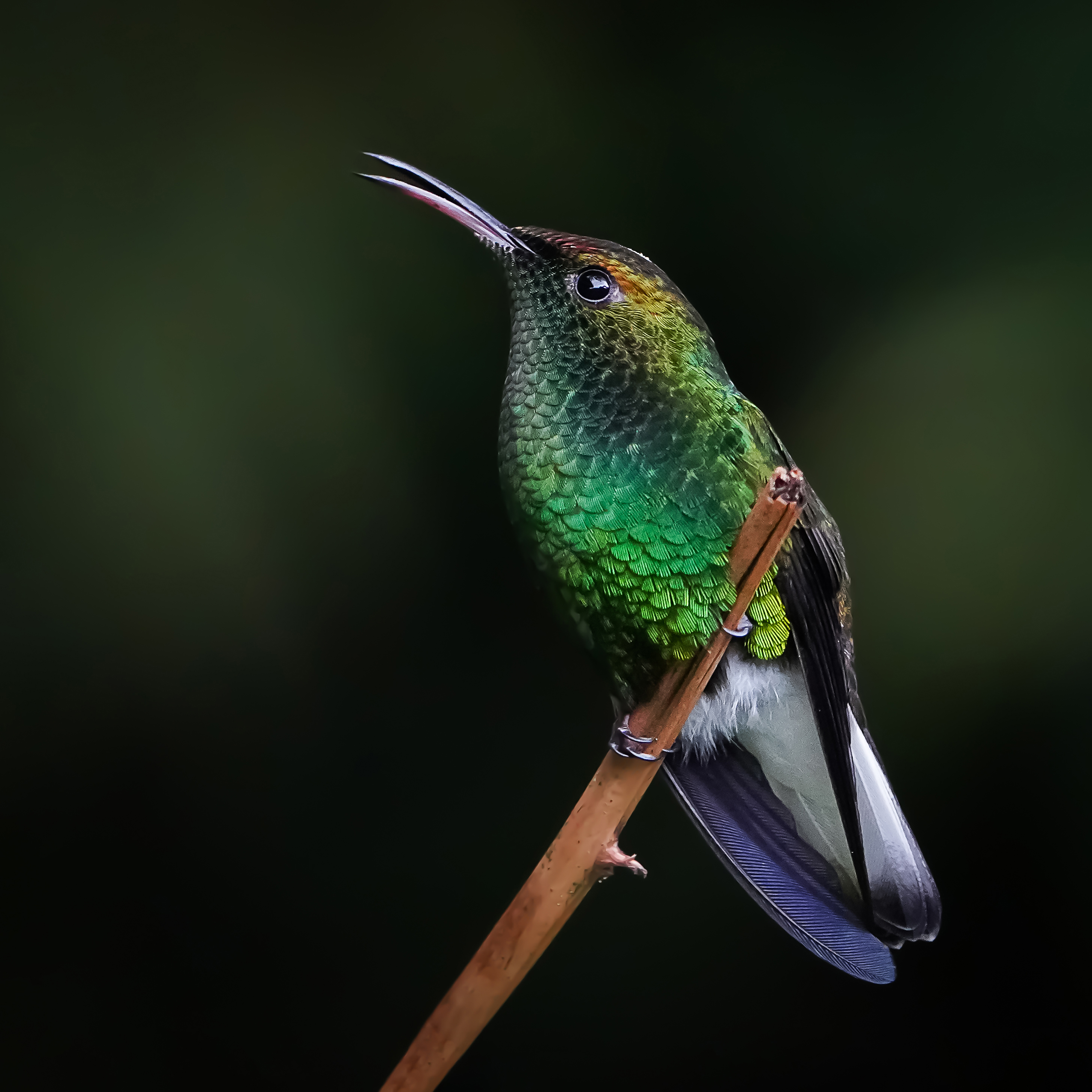
How do you describe your journey as a photographer and a person?
Photography is the art that gives me life, that feeds my soul. It is the magic that has allowed me to find that creativity and artistic sensibility, which take me to a private world of lights, shapes and colors. It is in this world where I have found my own way of looking, where I have shaped that illusion of reality and where I have created a special nostalgia to remember that moment that will never return.
I think that in the art of Photography we capture with our lens those brushstrokes of color that will later give life to an image. My photography is characterized by always looking for that perfect combination of colors that only nature can give us.
Living in Costa Rica has been an incredible 10-year journey that has provided me with the possibility of having incredible biodiversity within reach. I am thankful for being able to enjoy nature daily, and for having a camera that helps me capture beauties that can be later transmitted through my art. Photography has allowed me to give life to two projects: Bukuë and Kialä. The former meaning frog in Bribri language, and the latter meaning toucan in Ngabere language. Bukuë is my photographic project, and Kialä is a sustainable clothing and accessories brand that draws inspiration from my own pictures. These two projects have inserted me into environments where I never imagined myself in; from exhibitions in foreign countries, to fashion shows in Costa Rica. It has also allowed me to be part of conservation projects through NGOs.
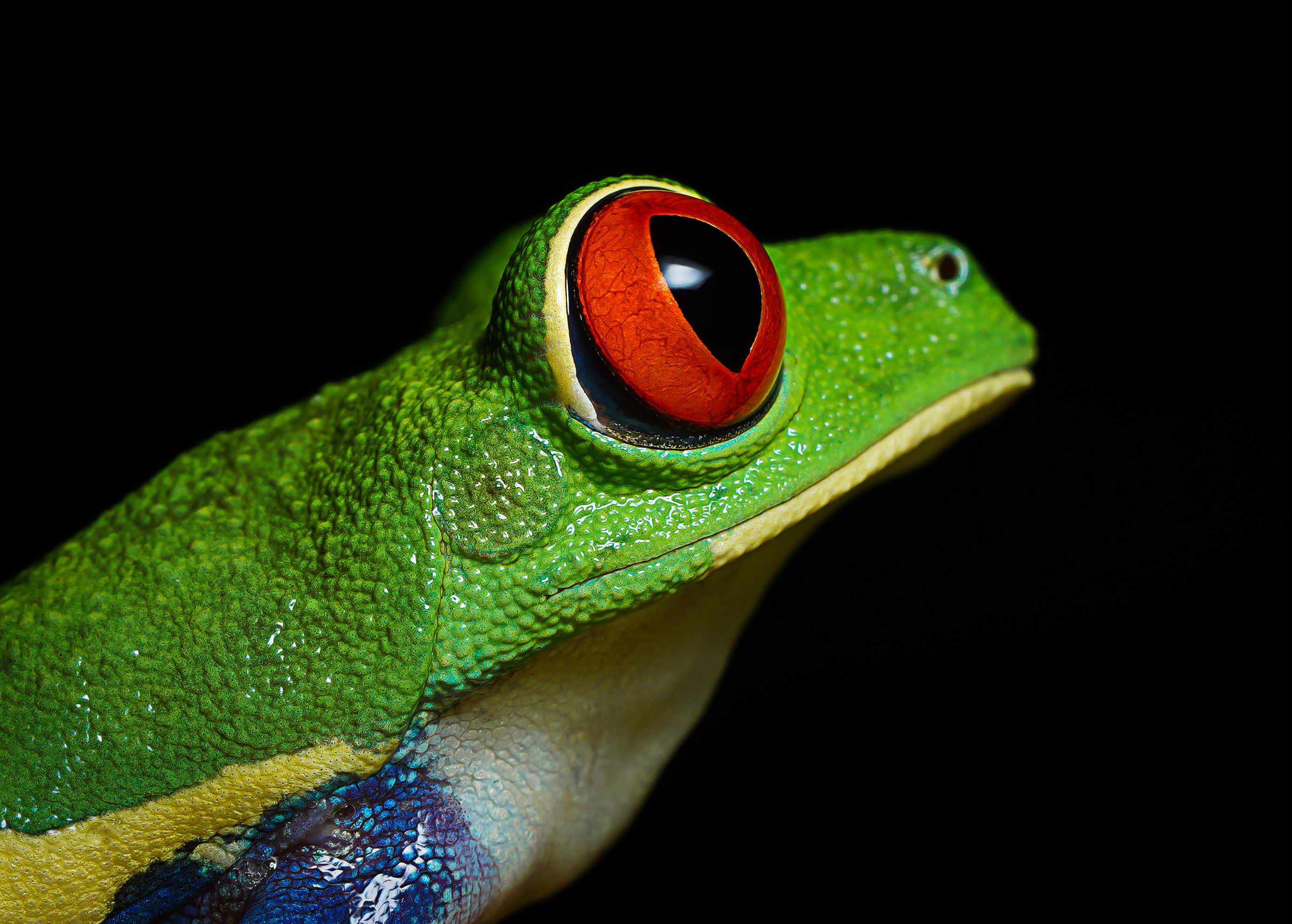
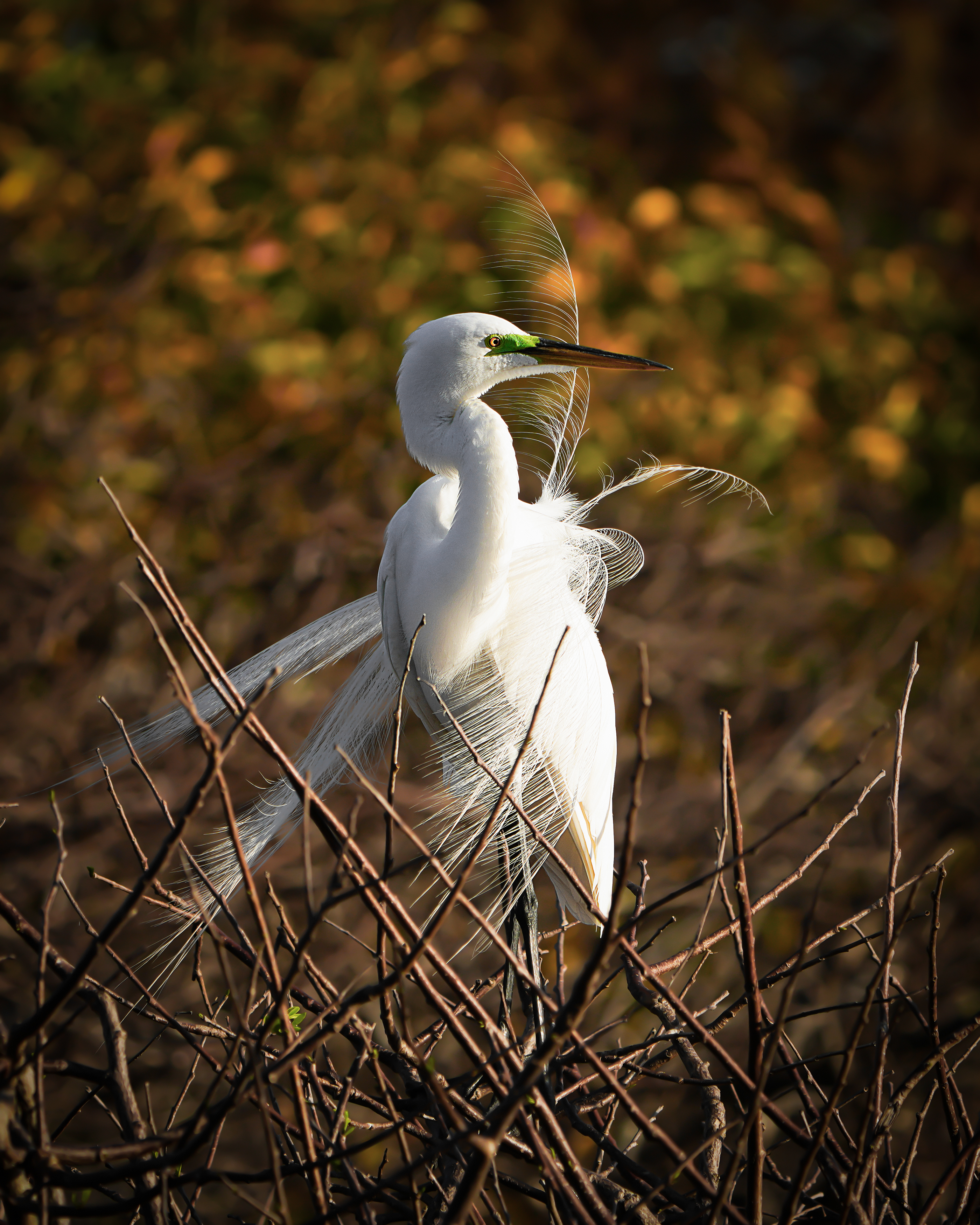
What is your view on Wildlife Conservation? How can we, as wildlife photographers, help to protect our Mother Nature?
I like to think that through my photographs I have been able to transmit and show people the beauty in Mother Nature, and as a result have encouraged them to learn more about her; it is only when you have truly learned about something that you have the ability to protect it. I believe that photography is a very powerful weapon that can be used to raise awareness about our natural world, and how to take care of it. Nature is too fragile, it can be ephemeral and only by taking care of it will we be able to preserve it for future generations.
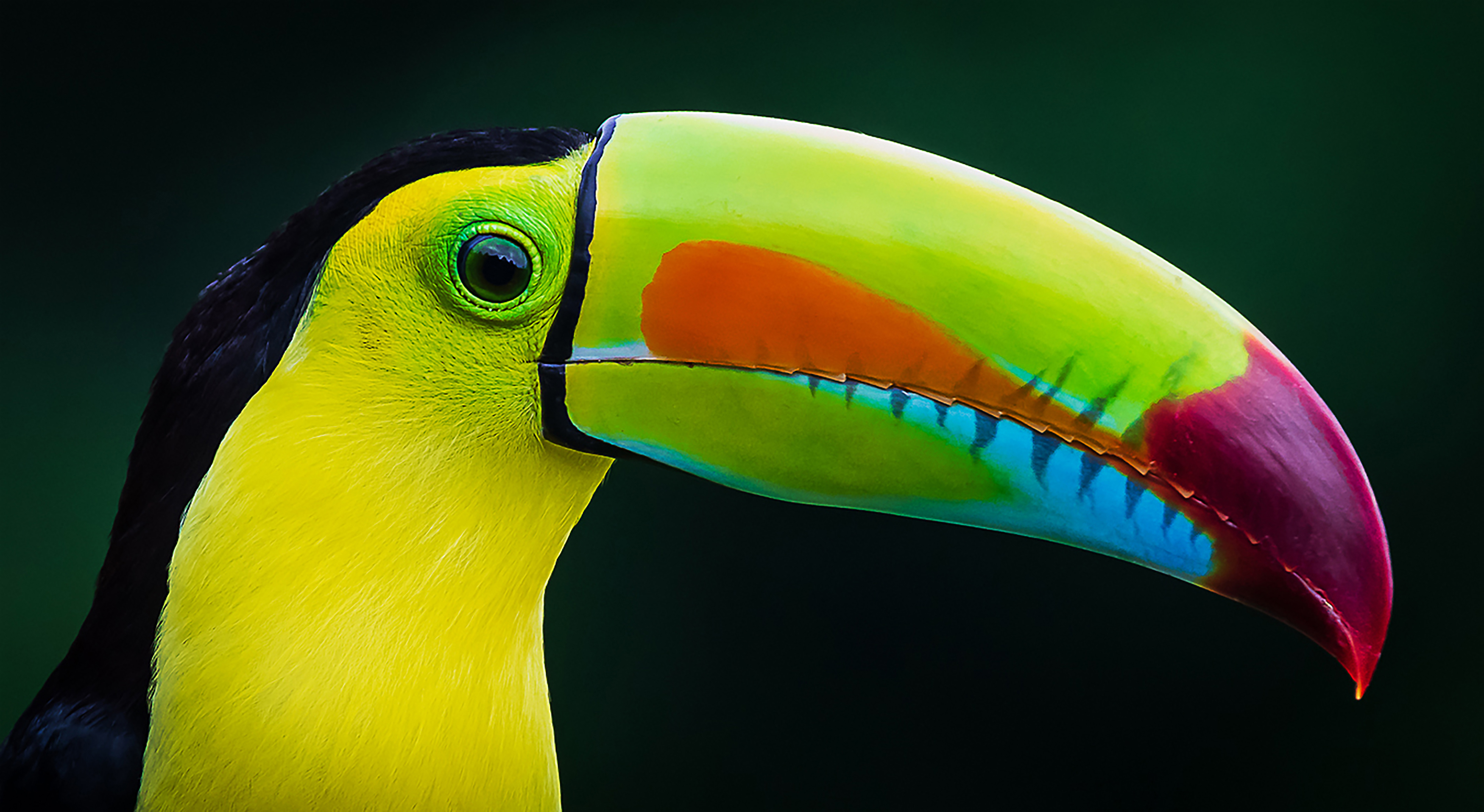
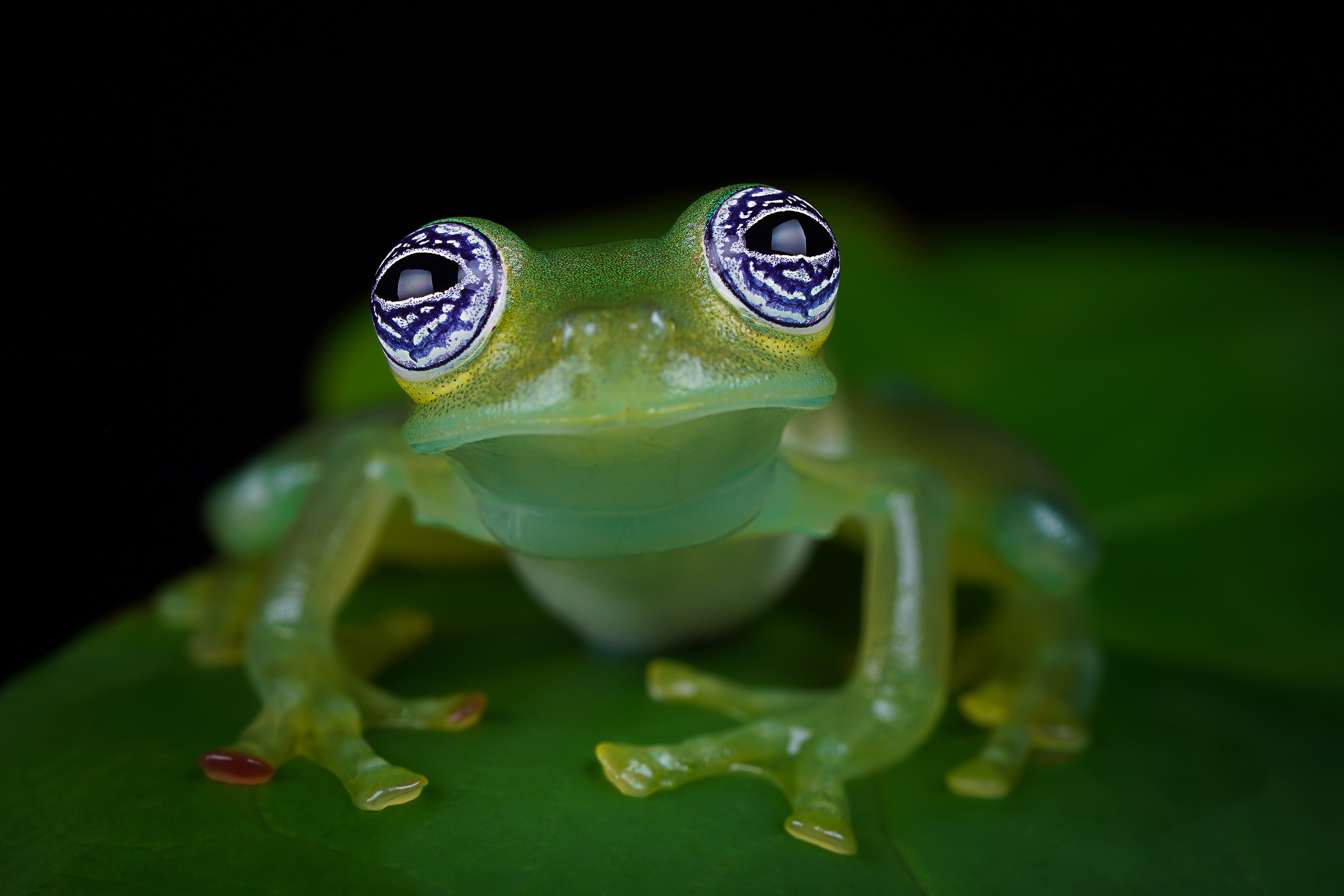
Can you give our readers the best wildlife photography tips? Do you have any recommendation on settings or gear for wildlife photography?
Let nature surprise you. You can’t control it – it will always be unpredictable. This is the amazing thing about being a wildlife photographer; you can visit one place several times, but you will always get different pictures. If you get too much into the idea of a photograph, it may be that you return without having obtained it.
Experiment. Spoil. Only by trial and error will you be able to perfect your technique. Make sure to step away from the camera to enjoy the moment every now and then, and make sure to use your own eyes to experience the things around you. Fill yourself with peace by being surrounded by nature, and if you get a good photo, well, it is the icing on the cake. I would like to share some tips: study at what time of the day you have the best light to photograph, evaluate which gear is the most suitable to take, the difficulty of the terrain in which you are going to enter to photograph the species in question, prepare your trip or photo session as an integral project, and above all, observe and study the behavior of the species you want to photograph.
On the topic of behavior and observation, I think it is important to join an experienced guide who is knowledgeable about the area. These professionals know the best places and they can be the difference between getting a good shot or not getting one. They know the right place and the right time to find whatever you are looking for.
I believe that a picture stands out when it conveys the emotion of the photographer, has a good technique and excellent composition; and finally when you have a good post-production. I believe that a good photo is achieved on site, but gets the final and personal seal of the photographer at the time of editing.
We must always keep in mind that being a photographer goes beyond clicking, being a photographer is to transmit, inspire and create.
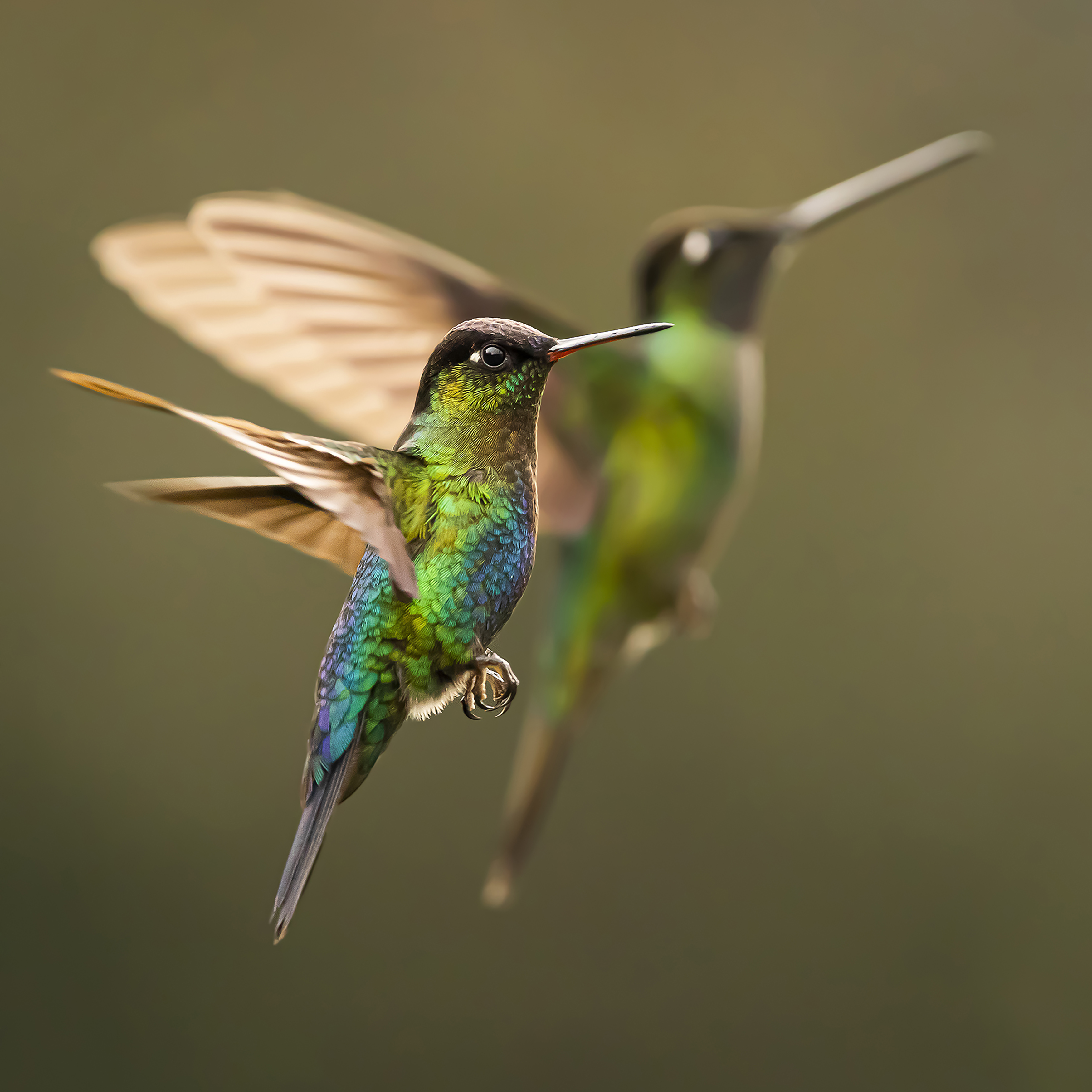
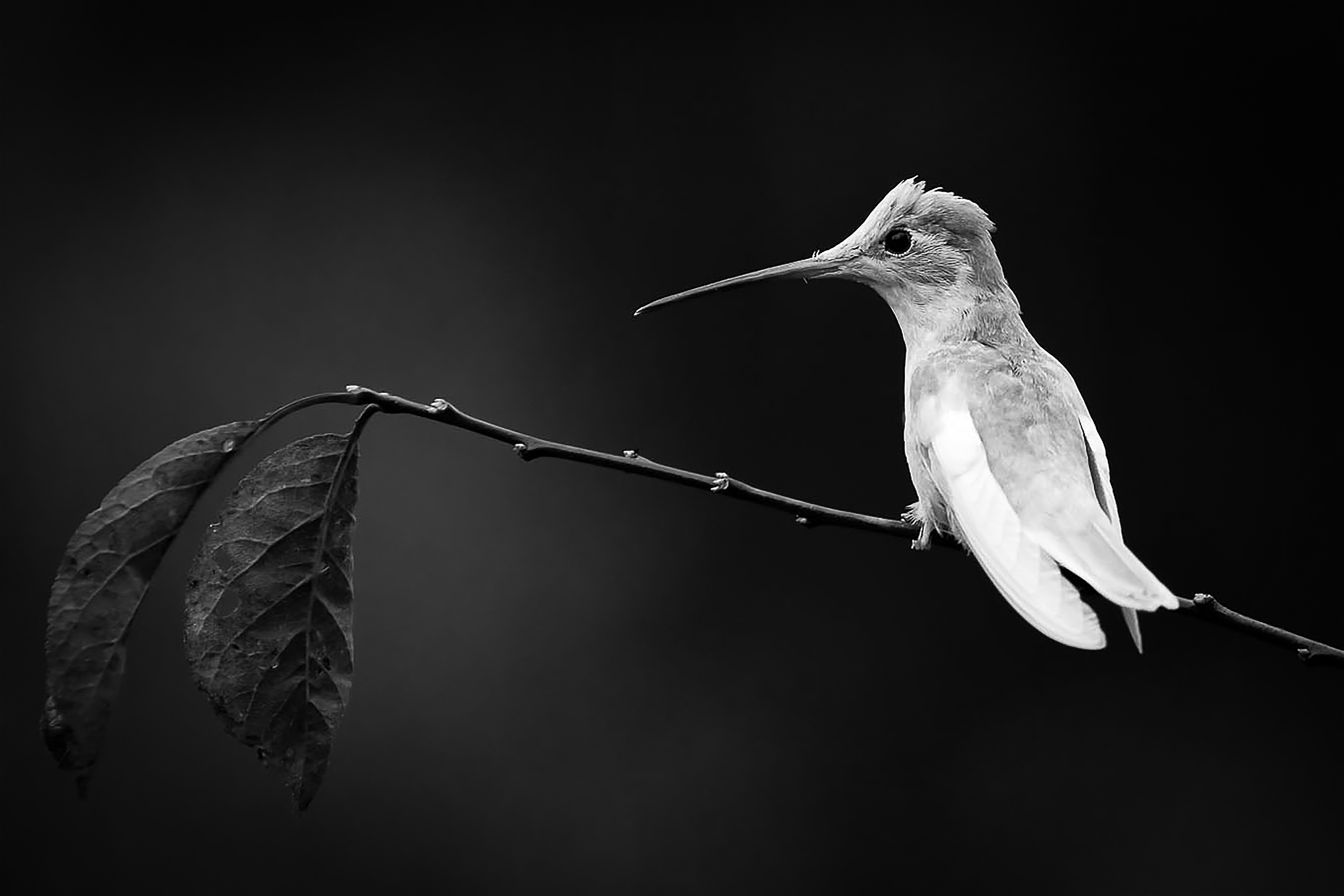
What plans do you have in the future related to wildlife Photography?
I want to continue photographing the natural beauties of Costa Rica, Mexico and the world. As I told you before, just over a year ago I launched my own sustainable line of clothing and accessories called Kialä; one of the pillars of the brand is to support foundations that are dedicated to protecting the habitats of endangered species, something that I plan to keep doing in the near future.
Personally, I want to be able to travel around the world and continue to marvel at the endemic beauty of each of the places I visit. And of course, I have the desire to write and speak about the love I have for Nature. More recently, I have been invited to give talks to photography students, allowing me to pass on my knowledge and experience as a wildlife photographer. I want to continue this work, because I believe that photography can be a powerful tool that can be used to teach future generations about our planet, and how to take care of it.
In the near future I will probably venture into landscape photography, a task that will take a lot of learning and studying to accomplish. All of this to be able to show the beauty of our world, and therefore, to preserve and protect the species that inhabit it.
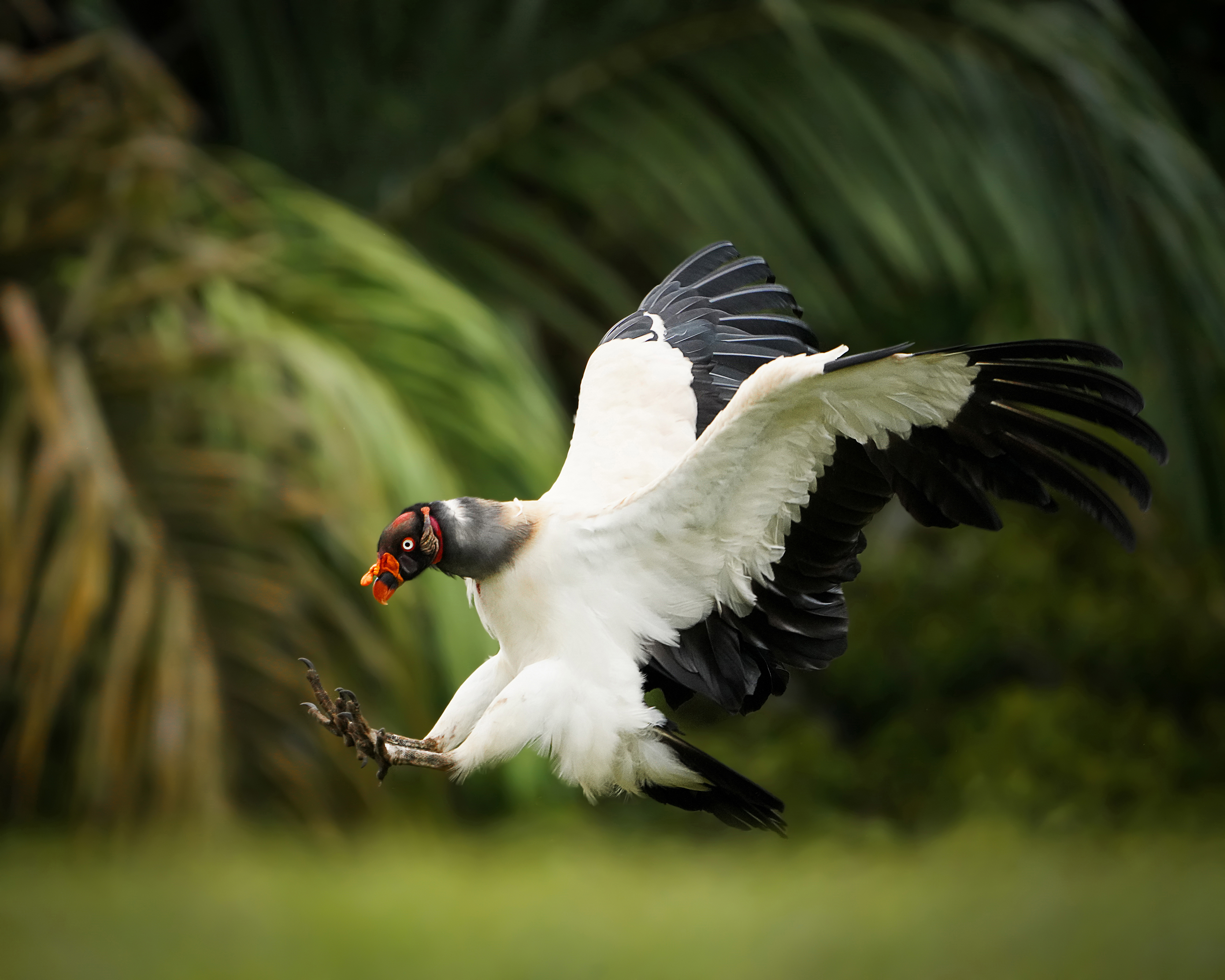
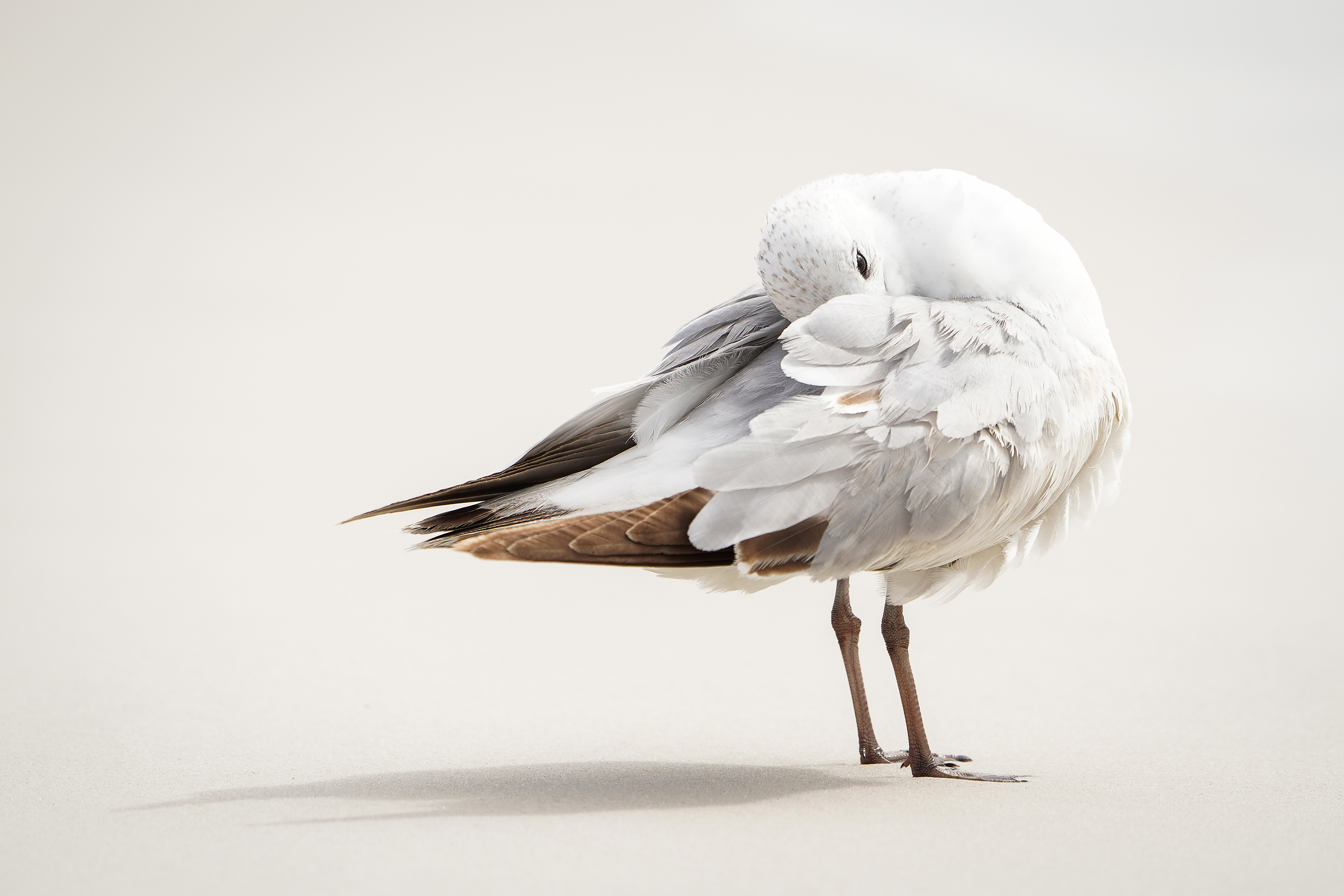
Tell us something about the gears you use?
I use a Sony Alpha A7 RIV Camera. When it comes to lenses, I use the Sony 200-600mm f/5.6-6.3 telephoto lens for bird photography, and the Sony 90mm f/2.8 macro lens for macro photography. I also use the Sony 24-70 mm lens from Sony.
I have always considered the camera to be an extension of myself, however it is still a tool. The camera is not the one that does the magic, the magic is performed by whoever is behind the viewer. You have to know how to see with your heart and understand that what is essential is invisible to the eyes. The important thing is to take the tools you have at your disposal and to get the most out of them to take pictures that no one else will. You have to go further.
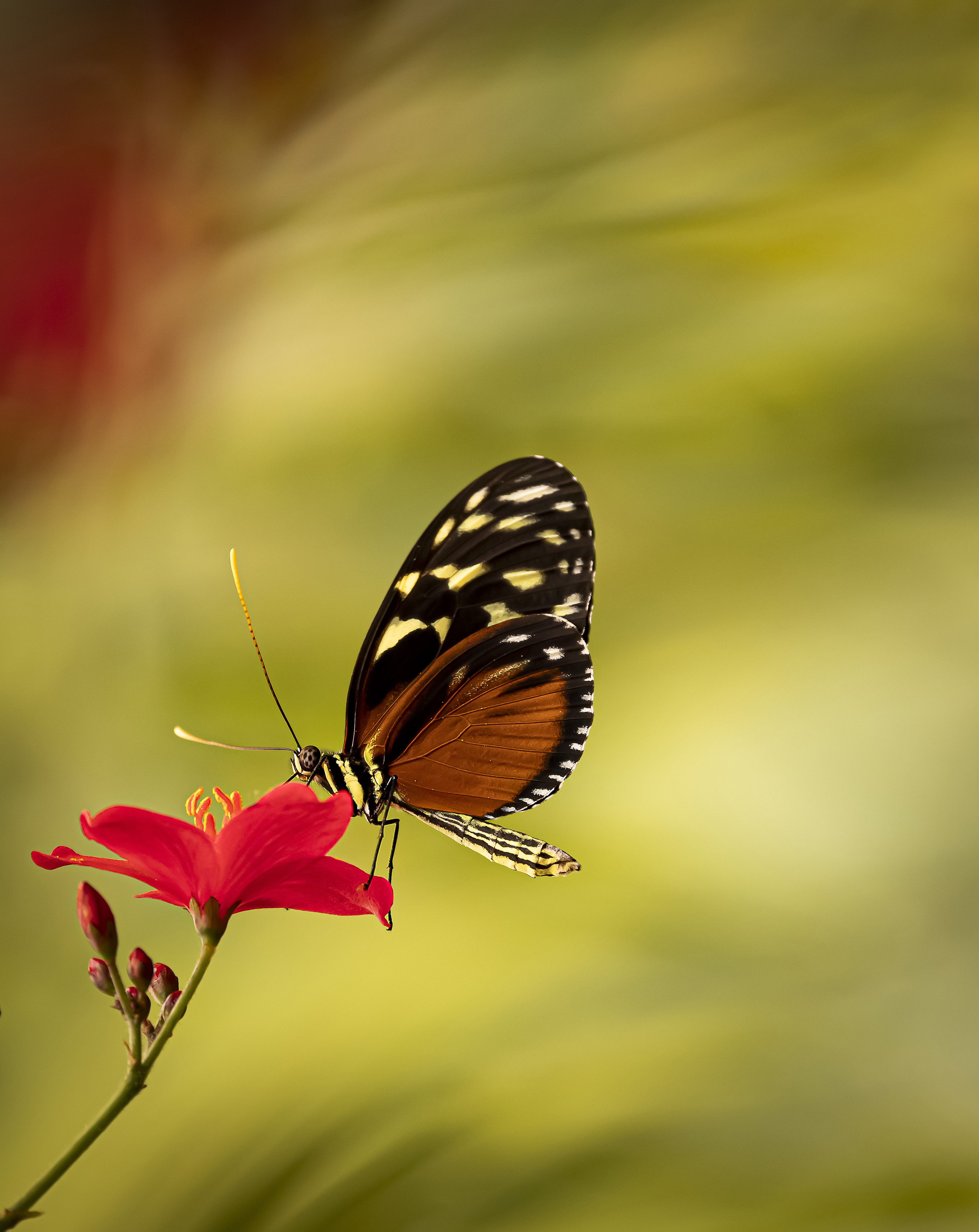
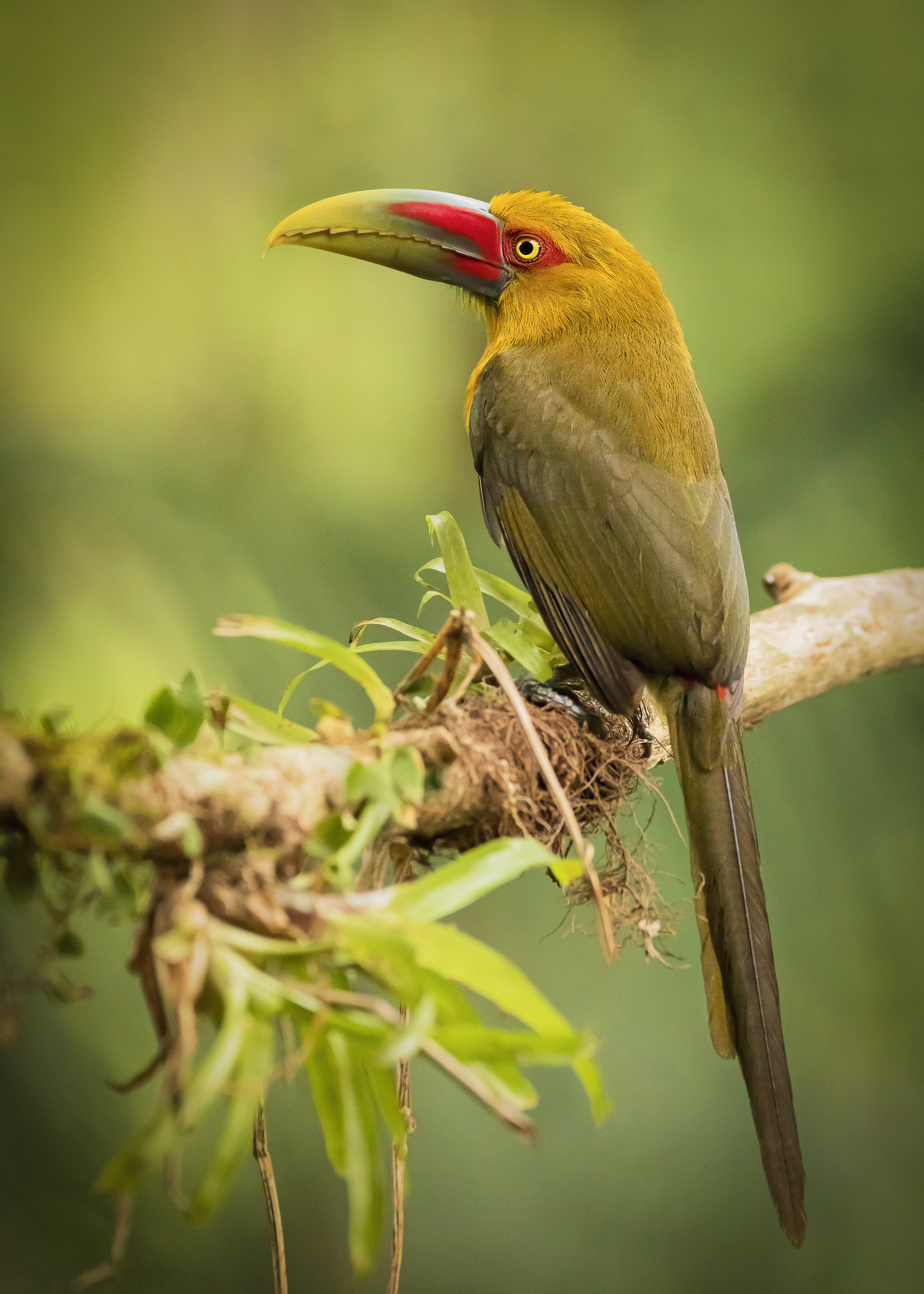
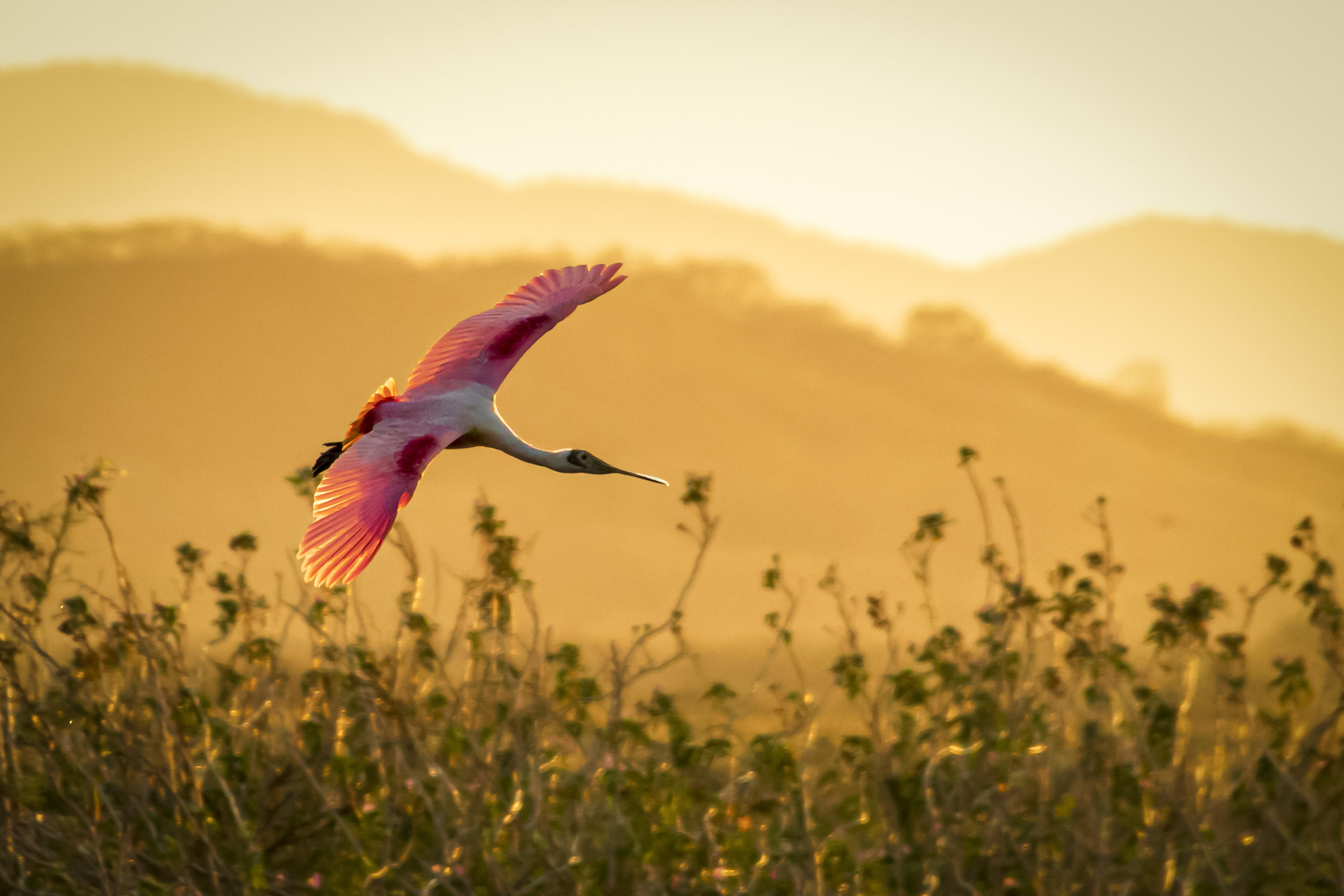
Mexican nature photographer, chemist by profession, Dinorah developed her artistic side as a photographer when she arrived in Costa Rica, falling in love with the enormous biodiversity of this country. She has a Degree in Photography and Digital Editing from the Universidad Latina de Costa Rica. Founder of Bukuë, a photographic project dedicated to translating...
By Mohammad Murad | Photos by Mohammad Murad
PT Explorers 15 Minutes read
ReadBy Dunya Rajasekara | Photos by Dunya Rajasekara
PT Explorers 5 Minutes read
ReadBy Abhijith Perambra | Photos by Abhijith Perambara
PT Explorers 5 Minutes read
ReadEmail: email@pawstrails.com